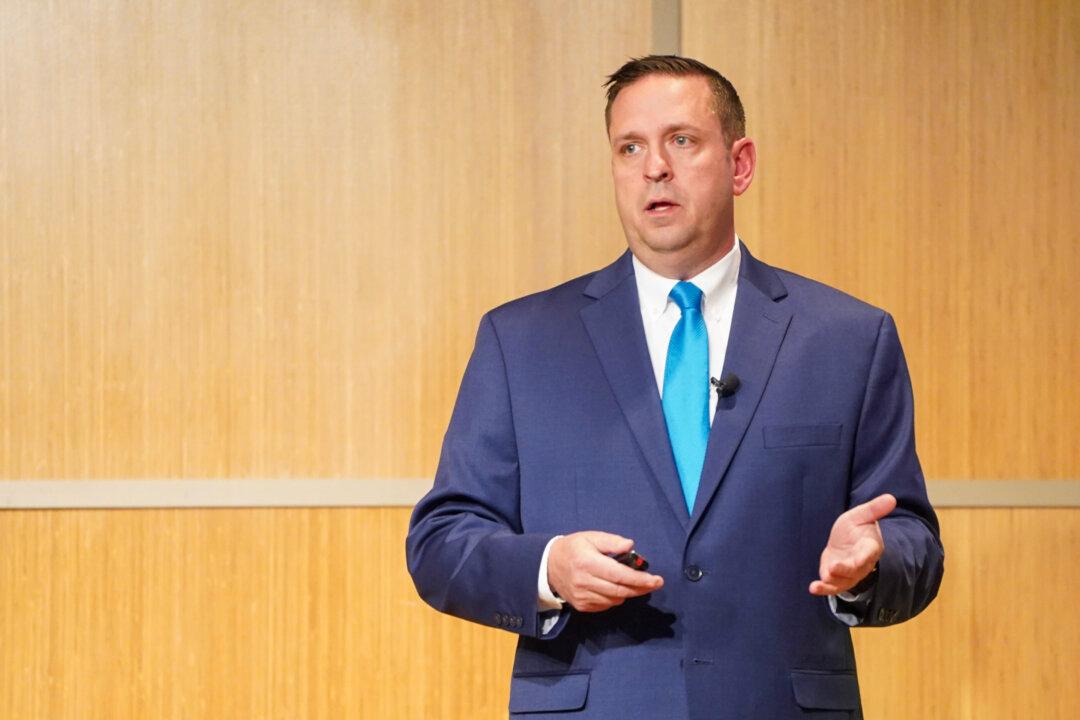A hired water resources engineer on May 21 updated Middletown councilmembers about the reasons behind the last algae bloom and ways to enhance the resiliency of the city’s reservoir system.
After an unusual algae bloom caused odor and taste issues in the water supply system during the fall of 2022, the city hired Boston-based CDM Smith to examine its reservoir conditions and come up with recommendations to prevent such incidents from happening again.





